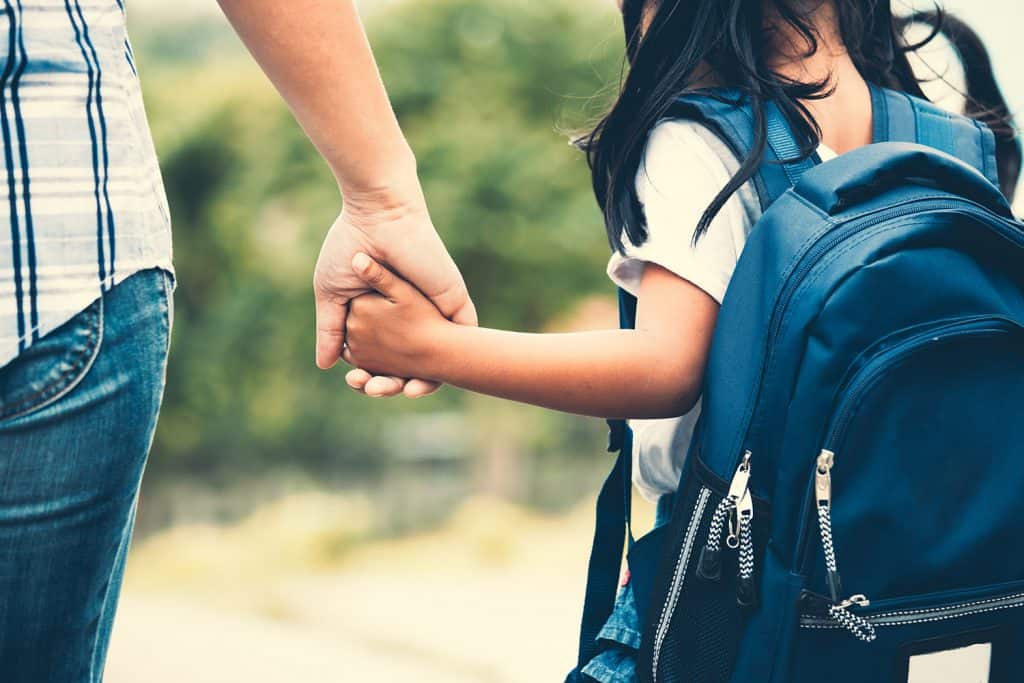

Veteran second-grade teacher Nadya Abu-Rish explains how every educator can foster a learning environment centered on open and honest communication
If every educator had to describe their career in one word, I bet we all would agree the best term to use is “busy.” From assignments to events to conferences, there are so many parts that come together to ensure that every child succeeds.
As a second-grade teacher at Beech Tree Elementary, my job is not only to support student success and academic growth but also to provide every child with the tools to become leaders with the confidence to communicate with others. More than half of our school population speaks English as a second language (and close to 70% of our students receive free and reduced lunch), so to achieve this goal I have to make a concerted effort to build strong relationships with my English language learners (ELLs) and their parents.
Getting Parents of ELLs Involved
At Beech Tree, a lot of parents don’t speak, read, or write in English. Many parents have told me that their children don’t speak much about school at home. This often makes parents feel left out, since communication with their children is their only source of information about their children’s schooling. The biggest challenge is that both ELL parents and students often feel too ashamed to open up and address their communication issues. But nearly 10% of the U.S. student population is made up of ELLs, and the number is only increasing. Language is how we connect as human beings, and to bridge the gap between myself and my ELLs and their parents, I decided to use technology to my advantage. Almost everything I send home with my students on paper is in English, but recently I’ve started communicating with Spanish-speaking parents using a translation feature in a communication app (https://bloomz.co). This eases the tension and allows parents to feel comfortable reaching out to me.
I can quickly connect with non-English-speaking parents, and being able to see their children participate in various events via photos that I share through the same app provides parents valuable insight and opens the door for those at-home conversations.
Connecting with Every Student
While opening up communication with parents has been a focus, I’ve also worked toward connecting better with my students. Every child wants to know their teacher cares about them.
When students walk into my room, I make sure to greet each and every one. It sounds so simple, but it really sets the tone for the day. Letting my students know that I see them and care about them helps us build a strong relationship.
We start every day with a morning meeting. The class sits in a circle and we begin by greeting each other. Students learn the importance of looking a person in the eyes and using a clear voice. After the greeting, students have an opportunity to share. We practice articulating and projecting when we speak. These are life skills that are important for every student, not just ELLs, to learn.
Throughout the day, children are constantly collaborating and communicating with one another because they’ve started the day with an open conversation. We practice “turn and talks,” in which students turn and talk to the student next to them. Students have the chance to share what their partners said to help build listening skills, which are the foundation of strong communication skills.
While every day is certainly busy, and with no sense of that slowing down in the future, I urge every teacher to be mindful of how they communicate with both children and their parents. As educators, we spend a lot of our time talking, but we should allow classroom talk to be more than just our voices. Start by turning the conversation back to students. Ask them questions, show them you’re listening, and most importantly, encourage them to be honest and open.
Nadya Abu-Rish has been teaching for twelve years. She’s currently in her sixth year of teaching second grade at Beech Tree ES/Fairfax County Public Schools in West Falls Church, VA. She teaches in the same district she attended as a child and was recently named the Most Outstanding Elementary School Teacher in Region 2 of FCPS. Follow her on Twitter @MsAbuRishBTES.







